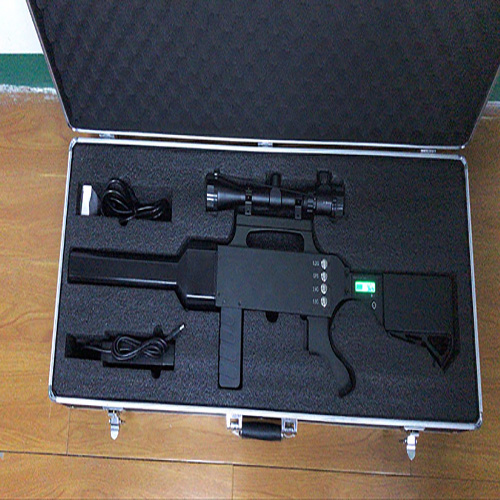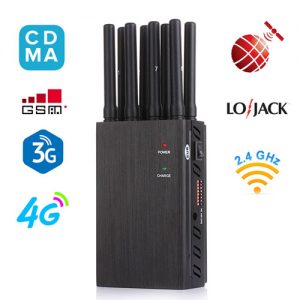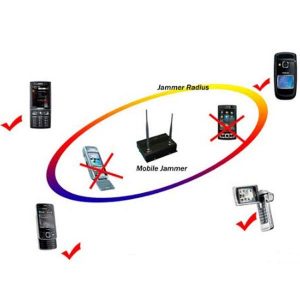There are a number of technologies under development designed to prevent dangerous drones from entering no-fly zones or causing harm to civilians. Among these, radio frequency interference (RF) or jammers can be used to jam the drone’s RF signal, causing it to drop out.
An RF jammer is designed to interfere with a UAS or drone by triggering electromagnetic noise in the RF that is used by drones to operate and transmit video at a level high enough for effective communication between the systems and to disturb his pilot.
Generally, this RF interference is either 2.4 GHz or 5.8 GHz, which are unassigned public frequencies. When using these frequencies, the jammers do not interfere with manned aircraft, cellular communications, public broadcasts, or other dedicated radio bands.
Jammers act against drones over a distance of several kilometers. Most RF jammers work with a ratio of the distance between a drone and the jammer compared to the drone with its pilot. In general, the further the drone is from the pilot and closer to the jammer, the better. A typical effective jammer direction is a cone of about 15 to 30 degrees protruding forward from the gun (this is also affected by the RF band and jammer performance).
In addition to RF interference, GPS interference can also be used as a large number of drones rely on GPS to either counterbalance against the wind or to navigate between designated points.

If a drone is intercepted by an drone jammer, the system will usually revert to its point of origin (unless the GPS is also jammed), giving the user the ability to track the drone.
Alternatively, a jammed drone can even perform a vertical descent and land in place, offering the opportunity to conduct a forensic investigation.
The limitations of RF jammers to combat fraudulent drone threats.
In the most recent test scenarios, however, several analysts agree that signal interference as a countermeasure often does more harm than good. For example, in December 2019, in an incident at Gatwick International Airport in London, two rogue drones flew within the airport’s restricted airspace. Gatwick officials reportedly tried various methods of remedial action, including interfering with the drone’s RF signals, which proved ineffective.





